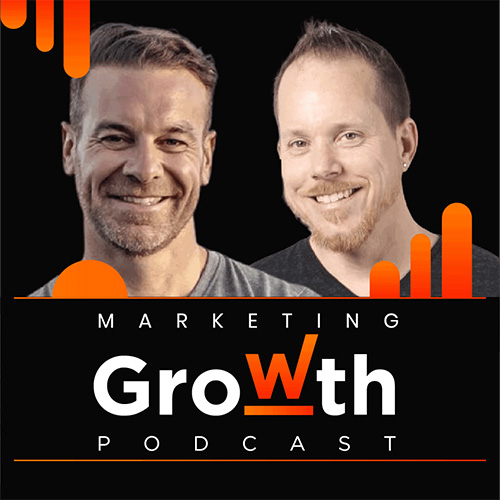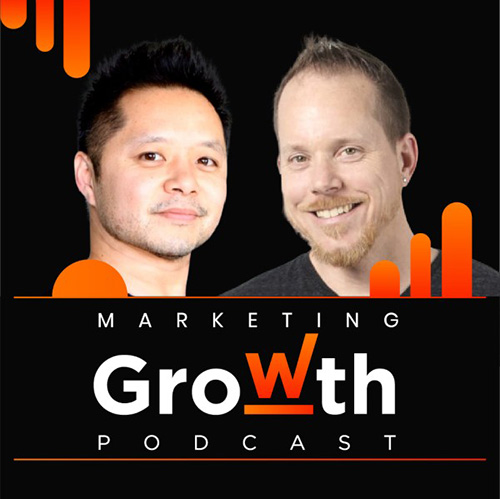Video content marketing is hot hot hot. According to Wyzowl, 87% of businesses are using videos as a marketing tool. What’s more, out of this, 83% of marketers said that video content gives them a good ROI.
Clearly, video content marketing is the future. And it’s the perfect time for you to start producing more video content. The best part about video content is that you can use it to inform, engage, or influence purchase decisions. There is a lot to experiment with.
Video Content Marketing Strategy Essentials
Video content marketing involves everything from planning and producing a video to distributing and promoting it. In this post, we’re going to take a look at how you can succeed at video content marketing.
1. Decide What Kind of Video You Want to Make
The first step to creating a successful video content strategy is to conceptualize your video. For this, you need clarity on what kind of video you want to make and what you want to achieve with it.
To help you get started, I’ve prepared a list of different types of video content you can choose from.
- Brand Videos – Brand videos showcase a brand’s vision, mission, and products. If you want to build brand awareness, you should produce this type of video content.
- How-To Videos – These types of videos are used to educate consumers about your products or services. Typically, these videos include step-by-step instructions on how to use your product.
- Live Videos – You can use live videos to interact with your audience or to give them a sneak peek into an event, conference, presentation, or interview. They work well if boosting engagement is your aim.
- Docuseries – This is a new trend which focuses on covering a particular topic or area of interest in-depth in a series of videos.
- Unboxing Videos – These types of videos are popular when a new product is being launched. From packaging to product features, it allows you to explore everything.
- Personalized Messages – You could also use video as a tool to answer questions or to continue any conversation with your audience. Think of it like a personalized and more engaging version of a FAQ page.
- Testimonial Videos – Video testimonials can boost your credibility and can provide social proof of how great your product is. To produce a great testimonial video, get your loyal customers in front of the camera. Ask them to describe why they like your product and how it solves a particular problem for them.
2. Write a Video Script
Depending on the type of video you want to create, your video script will vary. Except for live videos, it’s always recommended to have a video script ready before you start shooting your video. Otherwise, you may end up spending a lot of time in editing.
Begin by writing a rough outline, just as you would do while writing a blog post. Note the key points you want to discuss and arrange them in a logical flow. Once you are done with the outline, think about the visuals that will go with each key point.
Finally, get down to writing your video script. Remember to keep it short, concise, yet engaging. As you write, be aware of the length of the video that the script is for. You don’t want to write something that is too long or too short.
It is also a good idea to refrain from using long words or sentences. Keep it as simple as possible. Once your script is ready, you can proceed to shoot and editing your video.
3. Upload Your Video On Multiple Platforms
In this article, I’m going to skip over the video production process. I’m assuming you know how to shoot your video and add a voiceover to it. Let’s focus on the marketing aspect.
When your video is ready to publish, it’s time to post it on multiple video platforms online. This way, you can maximize your reach and boost your visibility.
Undoubtedly, YouTube is the first platform that comes to mind when you’re thinking of video content. After all, it’s the largest platform for video hosting. But that doesn’t mean you should stop there.
Look beyond YouTube. Upload your video on other video content platforms like Vimeo, Vidyard, Wistia, and Twitch.
4. Work on Video SEO
Your video content marketing strategy is nothing without video SEO. When a user types a relevant keyword in a search engine, you want to make sure your video comes up in the search results. For that, you need to optimize your videos.
A good strategy is to write the titles of your videos based on keyword research. Using tools like KWFinder, you can figure out which keywords are relevant to your video content. It’s recommended that you use relevant keywords optimally in your title and video description.
If you’re embedding a video on a webpage, make sure the text on the page is relevant to your video. Google’s crawlers can’t read a video. So, they use the webpage text to understand the context of the video. For this reason, it’s also a good idea to add video transcripts. They make it easier for your page to get indexed.
5. Share Your Videos On Social Media Channels
While it may be obvious, I can’t stress this video content marketing tactic enough. Take your video link from YouTube or other hosting platforms and share it on Facebook, Instagram, Twitter, and other social media channels.
If your video is too long for social media, you can post a snippet with the most interesting bits along with a link to the full video. In this way, you can redirect traffic from your social media profiles to your video content.
Conclusion
As video content becomes increasingly popular, it’s important for marketers to embrace this powerful marketing opportunity. If you want to stay in the game, the message is clear — produce more video content.
To ensure your videos get engagement, you need to focus on making quality videos. In addition to this, focus on video SEO and share your videos on multiple platforms to increase the visibility of your videos.
Is there anything else marketers should keep in mind to create an effective video content marketing strategy? Please share your insights in the comments section.

Shane Barker is a digital marketing consultant who specializes in influencer marketing, product launches, sales funnels, targeted traffic, and website conversions. He has consulted with Fortune 500 companies, influencers with digital products, and a number of A-List celebrities.







